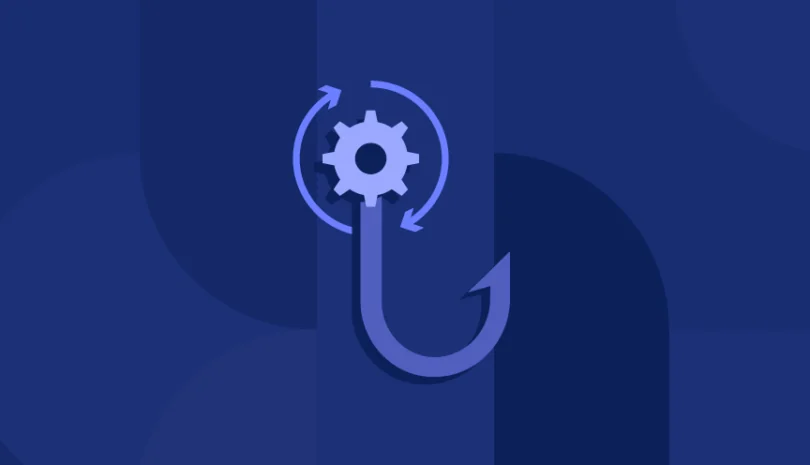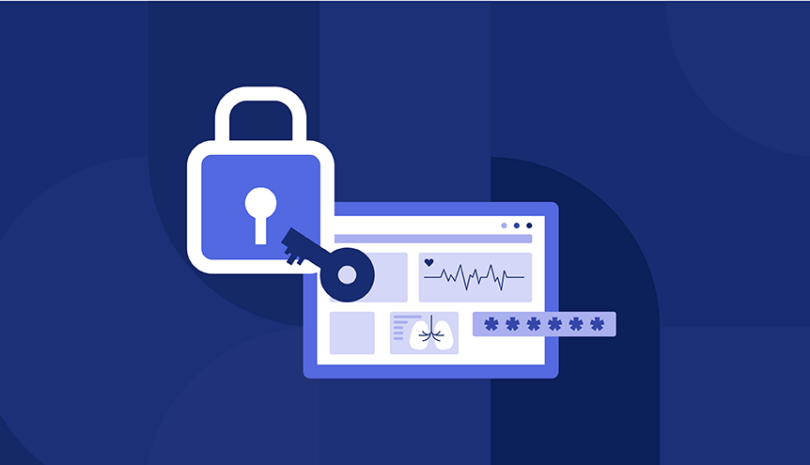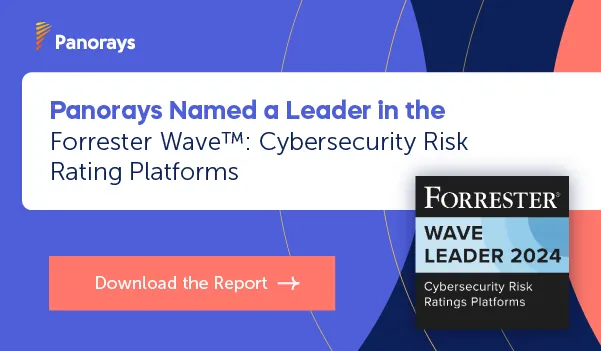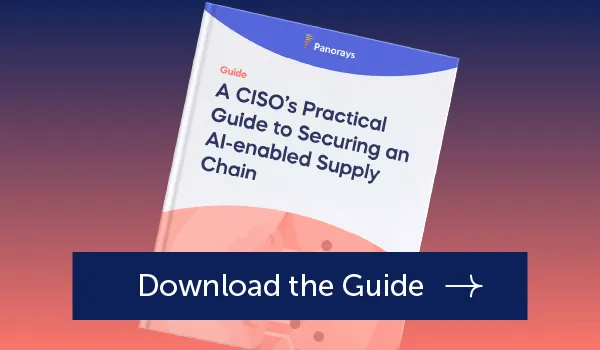It is no secret that there is a shortage of skilled cybersecurity professionals. Couple that with COVID, remote and hybrid working, and a rise in security breaches and you’ve got a lot of stressed, overburdened professionals looking for effective solutions to make their jobs easier. Sound familiar?
If this resonates with you, it’s fair to say that automating your third-party security program will improve your professional life exponentially while strengthening your organization’s cybersecurity posture.
Managing your third parties is a process that requires a number of critical steps. Automating these steps streamline that process. Here are 5 ways automation can make a difference:
How Automation Helps Your Supplier Cyber Risk Management Process
1. Assessing your vendors
If you have an incomplete or inaccurate view of supplier risk, you’re leaving your organization vulnerable to potential breaches and associated fines, lawsuits, loss of reputation and customer trust.
Obtaining comprehensive, in-depth visibility into and control of your third-party security risk requires combining automated, dynamic security questionnaires with an external attack surface evaluation while considering the business impact on your organization.
Stop wasting time chasing down vendors, filling out forms, tracking answers (or the lack thereof). Not only are manual questionnaires slow and laborious; the process is not scalable.
When the assessment process is automated, you gain an accurate view of supplier and fourth-party cyber risk in a fraction of the time, along with the assurance that vendors align with your company’s security policies, regulations and risk appetite.
2. Engaging with your vendors
Business engagement must be friction-free. You need to easily collaborate with your vendors and rectify issues as they arise. Multiple phone calls, tens of emails and jotted-down notes are an inefficient and ineffective way to manage your suppliers’ cyber risk.
However, in-platform engagement with your vendors eliminates communication issues and facilitates improved collaboration. It also makes it easier to track your suppliers’ progress, stay on top of deadlines and clarify issues more efficiently. Finally, it provides an archive of your communication should you need to refer to it later for clarification or auditing purposes.
3. Remediating cyber gaps
With tens, hundreds or maybe even thousands of vendors, how do you stay on top of all the findings and remediation plans for your different suppliers? And how do you ensure that your suppliers close their cyber gaps in a timely manner?
The way to improve your suppliers’ security according to your risk appetite is through customized remediation plans based on identified cyber gaps, with easy-to-understand instructions to close the gaps, along with a timeline that you set. As your suppliers progress with their remediation plans, the changes are automatically detected and reflected.
A few clicks are all you need to close vendor findings in an organized and efficient way. And, with in-platform communication, asking and answering questions from your vendor throughout the remediation process is easy.
4. Approving (or rejecting) vendors
You hire vendors because you need their product or service to make your business run better. The objective is to quickly approve vendors so you can start working with them as soon as possible.
With automation, suppliers that align with your company’s security policy will receive quick approval so you can start reaping the benefits now. If a vendor is denied approval, you have the reasons that support that decision at your fingertips. With this knowledge, you may choose to allow them to remediate those gaps or decide to reject the vendor outright.
5. Continuous Monitoring
Manually performing cyber risk assessments gives you a moment-in-time view of your vendors’ security posture and doesn’t keep up with the evolving risk landscape. Risks can change by the second, putting both your vendor and you at risk.
Automating this process ensures that your security evaluation is always current. Continuous monitoring uncovers and evaluates your suppliers and you receive updates about any security changes or breaches to your third parties.
Following these steps will make it easier for you to manage the process, but automating the process will also make it more efficient. Automation is key for a comprehensive third-party security program. It provides the ability to rapidly scale the vendor security evaluation process while ensuring your third parties align with your company’s security policies, regulations and risk appetite.
Improve Your Supplier Cyber Risk Management Process with Panorays
Want to learn more about how Panorays can help you automate your third-party security? Request a demo today.






